Cenni storici su Muro Tenente

Muro Tenente era un sito fortificato messapico di medie dimensioni (ha.50 circa) come se ne trovavano nel Salento nel periodo precedente la colonizzazione romana (dall'età del Ferro al IV-III secolo a.C.). Le sue origini sono, perciò, non dissimili da quelle dei siti sparsi nella nostra Puglia.
"Secondo le testimonianze dei maggiori storici antichi, tutti i popoli che abitavano la Puglia, dall'estremo Salento al Gargano, erano Iapigi, pur essendo distinti in tre grandi gruppi: Messapi, Peucezi e Dauni, procedendo da sud verso nord. Tale interpretazione è ormai accettata unanimemente anche dagli studiosi moderni. Esistevano anche altri nomi per indicare particolari 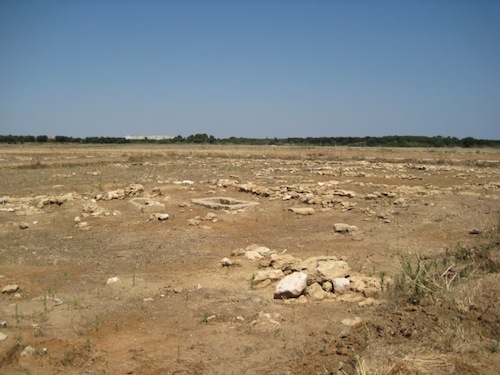 gruppi di Iapigi: i Peucezi, occupanti la parte centrale della Puglia, erano detti Pediculi; nel Salento, chiamato con nome greco Messapia, cioè la terra che sta in mezzo, tra i due mari, erano localizzati i Calabri, termine usato dai Tarantini per le popolazioni indigene stanziate presso i confini del loro territorio; infine, presso la punta meridionale della penisola, abitavano i Sallentini". (E. M. De Juliis, Gli Japigi, Milano 1988, pag. 14).
gruppi di Iapigi: i Peucezi, occupanti la parte centrale della Puglia, erano detti Pediculi; nel Salento, chiamato con nome greco Messapia, cioè la terra che sta in mezzo, tra i due mari, erano localizzati i Calabri, termine usato dai Tarantini per le popolazioni indigene stanziate presso i confini del loro territorio; infine, presso la punta meridionale della penisola, abitavano i Sallentini". (E. M. De Juliis, Gli Japigi, Milano 1988, pag. 14).
Non ha molto seguito, oggi, la tesi secondo la quale la Iapigia indicava solamente la parte meridionale della Puglia.

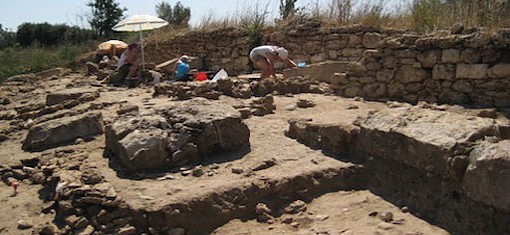
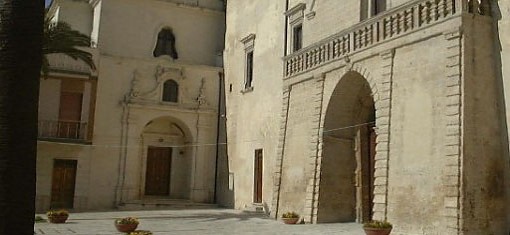
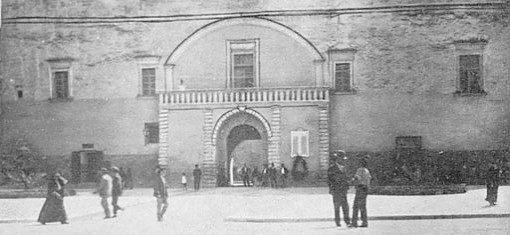
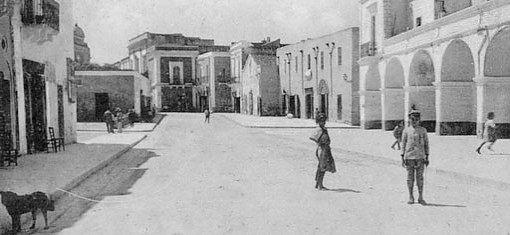
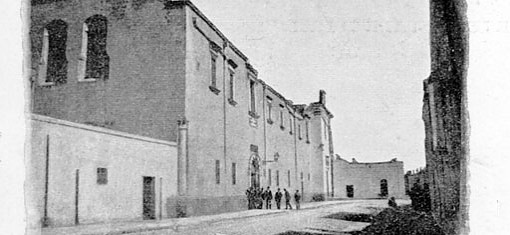
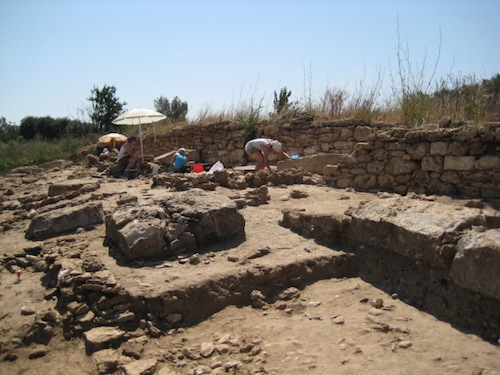 Historical notes about Muro Tenente
Historical notes about Muro Tenente Latiano was founded during the Middle Ages. Sources of that time (and of the following) show the presence in its present-day territory of a few hamlets : Cotrino, Malignano (founded in 1092), San Donato and a Latinianum reported on the Chronicon Volturnense of 947. The latter site was probably the first centre of Latiano subsequently enlarged with the other sites cited above. The first certain information about the feudal successions in Latiano, refer to the end of the XIII century, when “ in 1270 P. Hugot receives as dowry from his wife Isabella d’Anfi the estate of Latiano which will be granted in 1300 to the monastery of Saint Pietro and Andrea in Insula Parva”. After that, the clergymen of Saint Andrea of the Island of Brindisi sold most of their territory to other landowners. Few years later, Latiano becomes property of Mabilia de Baro, widow of Adamo de Tremblayo. The estate will belong to the de Baros until 1341.
Latiano was founded during the Middle Ages. Sources of that time (and of the following) show the presence in its present-day territory of a few hamlets : Cotrino, Malignano (founded in 1092), San Donato and a Latinianum reported on the Chronicon Volturnense of 947. The latter site was probably the first centre of Latiano subsequently enlarged with the other sites cited above. The first certain information about the feudal successions in Latiano, refer to the end of the XIII century, when “ in 1270 P. Hugot receives as dowry from his wife Isabella d’Anfi the estate of Latiano which will be granted in 1300 to the monastery of Saint Pietro and Andrea in Insula Parva”. After that, the clergymen of Saint Andrea of the Island of Brindisi sold most of their territory to other landowners. Few years later, Latiano becomes property of Mabilia de Baro, widow of Adamo de Tremblayo. The estate will belong to the de Baros until 1341.